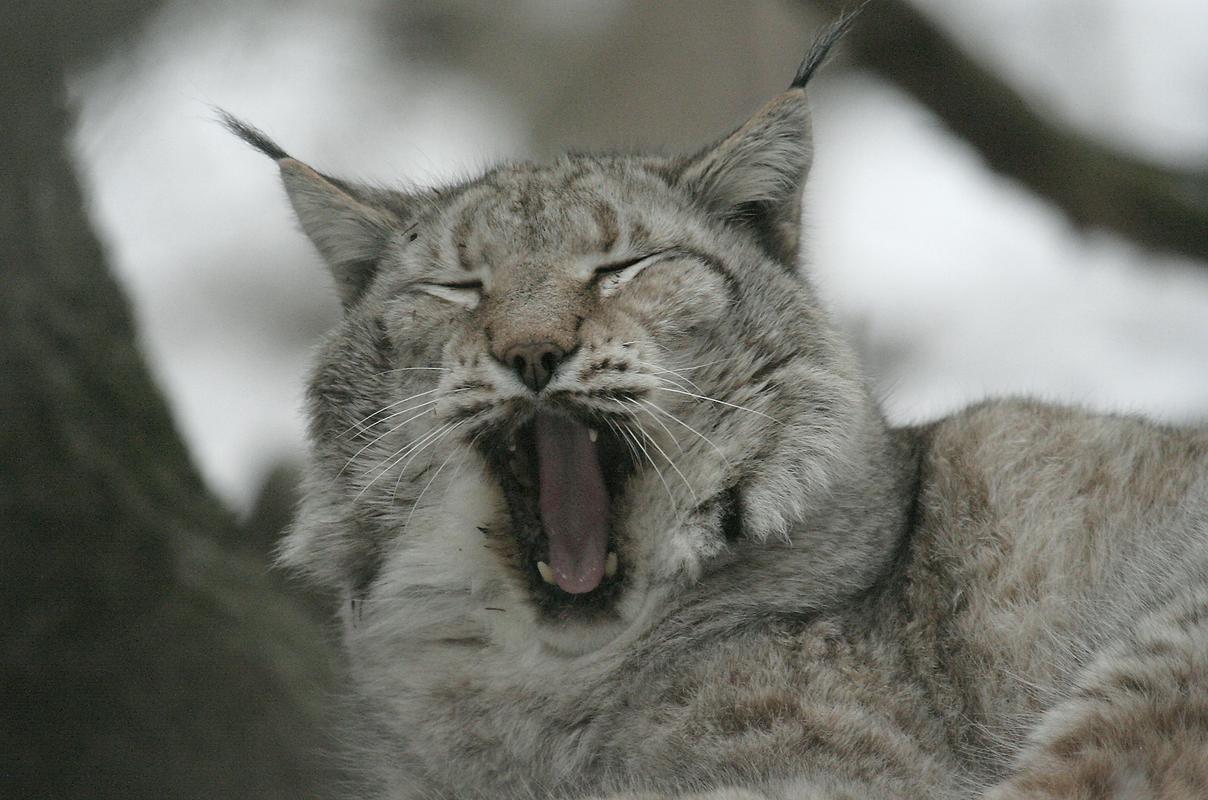By 1908, there were no lynx left in Slovenia. Even though Slovenia’s vast forests are an ideal environment for the furtive animal, the Eurasian lynx had been hunted to extinction. The story of the lynx in Slovenia could have ended there and then. But in the 1970s, the Slovenian regional government decided to reintroduce the species. As part of the resettlement program, six lynx were brought in from what was then Czechoslovakia.
The program was a huge success, and increasing numbers of lynx once again roamed the Slovenian woods, especially in the country’s southern half, where the lynx population has always been the largest. Their habitat even extended into Croatia. But just as the resettlement of the species to Slovenia was hailed as a success story, scientists noted that the trend of a growing lynx population had begun to reverse itself.
By the late 1990s, the number of lynx in Slovenia began to drop precipitously. It turned out that a major reason for the decline lay in the very nature of the resettlement program: Because only six lynx were brought to Slovenia, and those animals had no contact with other lynx populations, their gene pool was too limited. That made the lynx vulnerable to various diseases.
The limited genetic diversity, combined with overhunting in the early years as well as all-too-common poaching, proved devastating to the species. Just a few years after being hailed as a success story, the Slovenian lynx found itself on a European list of endangered animal populations. Recent studies suggest that perhaps as few as ten lynx survive in Slovenian forests and that number could drop down to zero in the years ahead. The EU has already threatened to hit Slovenia with a 10 million euro fine should the Slovenian lynx population become extinct.
It was that threatened fine that finally spurred Slovenian authorities to action. Current plans call for a number of Swiss lynx to be brought to Slovenia in order to increase the species’ genetic diversity. Long-range plans include measures that would enable the Slovenian lynx population to establish contacts with other lynx groups to the north – in the Austrian Alps – and to the south – in the southern Balkans. Bridges over freeways are among the proposed measures.
The realization of just how threatened Slovenian lynx really are promises to result in at least some measures that could help out the country’s lynx population. Only time will tell if those measures will prove sufficient to once again make the Slovenian lynx, an animal vital for the country’s forest ecosystems (and the symbol of Slovenia’s ice hockey team), the success story it once already was.



































































